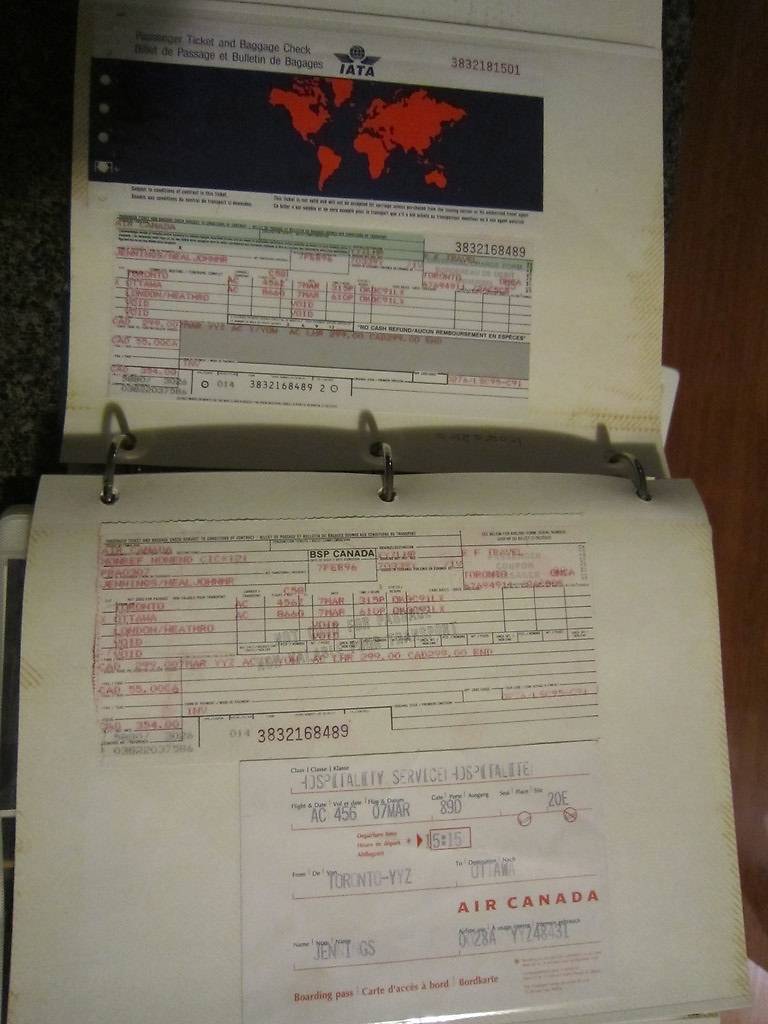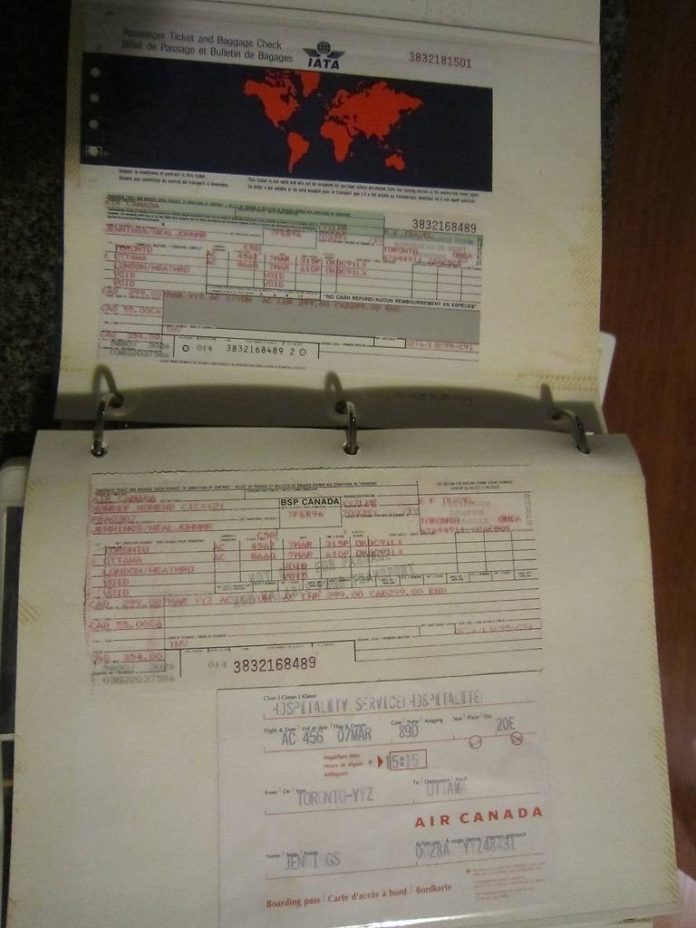SINGAPORE: The news that Singapore will no longer stamp travellers’ passports when they leave the country sounds the death knell for the much-loved (among some) process of packing the pages of your passport with as many chops as possible from as many countries as possible.
When waiting for a flight with friends, you could kill time by seeing who was the most well-travelled by seeing who had the most stamps – and bonus points could be available for the most exotic ones in terms of destination or style.
READ: Foreigners leaving Singapore will no longer have their passports stamped
This is a reminder how the travelling experience has changed over the years. Here’s a reminder of five things that have more or less disappeared and which you might miss (or were perhaps pleased to see the back of):
1. No more physical airline tickets
What’s the last thing you do before leaving for the airport? For many people, it’s a quick check to make sure you’ve remembered your passport.
There was a time, though, when you would need to check you had your passport AND your ticket.

Booking plane tickets used to be a more complicated task. (Photo: Flickr/Neal Jennings)
Getting these tickets in the first place was long and complicated: Visit a travel agent, talk through your itinerary, make the reservation and pay for it – and then go back a day or two later to be given a booklet of vouchers, which you would present at the check-in desk in exchange for a boarding pass.
The tickets would speak in a strange language: Odd codes and weird words conveyed the sense that this was an Important Document.
And you would treat them as if you had a Golden Ticket to Willy Wonka’s chocolate factory, guarding them as if your life depended on it.
2. No more calling the airline to reconfirm your flight
So, you’ve got your ticket to your destination. That should mean you’re all set to go, right?
Wrong.
Airlines used to think that buying a ticket was simply an indication that you planned to fly to where you wanted to go on the date you had chosen.
They insisted that passengers contact them a couple of days before departure to say that “Yes, I really do want to fly on that day. Promise! Double confirm plus chop!”
That meant you had to go through the ritual of finding the airline’s phone number (or local office address, if you preferred a nice face-to-face chat) for the reconfirmation process.
Now, the airlines seem much more trusting, assuming that you will turn up for a flight you’ve spent hundreds of dollars on without telling them that you really will.
Frankly, why wouldn’t you?
3. No more smoking on planes
It seems extraordinary now, but it wasn’t that long ago when you’d be asked at the check-in desk if you wanted a smoking or non-smoking seat.
Why wasn’t it seen as the height of stupidity to have people waving naked flames inside a metal tube that also contained thousands of litres of highly flammable jet fuel?
Smoking used to be permitted on flights. (Image: Airliner Ratings website)
Setting aside the dangers, most people would fight tooth and claw to get into their preferred section.
Smokers were terrified at the prospect of sitting in a section where they couldn’t get a regular nicotine fix, whereas non-smokers were appalled at the idea of having to endure a 12-hour flight next to someone who was puffing away on their Marlboro ciggies for the duration.
4. No more big movie screens on planes
Flying long-haul today is a great opportunity to catch up on movies and TV shows which you might have missed. And any airline which offers anything less than hundreds of things to watch on demand is seen as second rate.
So, having NO choice of film and having NO personal screen to view it on might seem like torture.
Yet that was the reality not that long ago.
A photograph of the first in-flight movie, a screening of Howdy Chicago. (Image: Motion Picture News)
At some point of the cabin crew’s choosing, a screen would be set up and a movie projected on it.
To say this was a less-than-perfect entertainment experience would be an understatement.
Firstly, the picture quality was usually terrible, with light shining on the screening and the usual fuzzy image you’d get from a video tape that had been played hundreds of times.
The audio quality was even worse: The headsets (which some airlines would charge you to use) were little better than cocoa tins on the end of pieces of string.
And the choice of films? Bland and family friendly! Forget about watching a gory horror film, anything with rude language or a saucy love scene. Not surprisingly, the airline entertainment teams selected titles based on whether they would cause offence.
That often meant spending hours watching kid’s films.
It was better than nothing – but only just.
5. No more stopping at random places to refuel
It’s now possible to fly non-stop from one side of the planet to the other.
Singapore to New York or Perth to London? No problem!
These ultra long-haul, non-stop flights are possible because modern jet engines are increasingly fuel efficient.
That wasn’t always the case. The longest journeys would need multiple stops to allow the plane to refuel, with a flight between Britain and Australia needing around six in the 1960s.
Even into the 1970s, the so-called Kangaroo Route would need a couple of refuelling stops, giving people the chance to stretch their legs in places like Bahrain.





